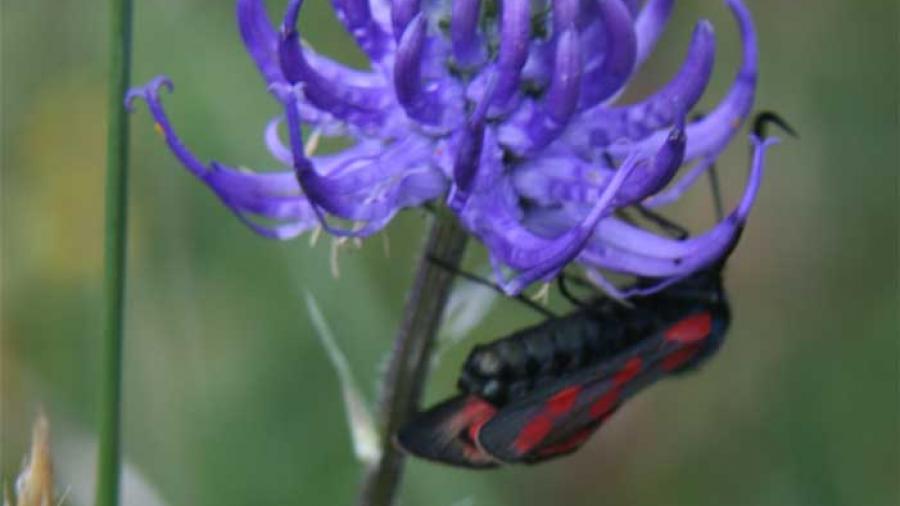Caroline is the species champion for the Round-Headed Rampion (pictured above) - a network of MPs working to raise awareness of the some of the most threatened species across the UK.
"I was deeply saddened to learn that words like bluebell, buttercup and conker have been removed from the Oxford Junior Dictionary. It speaks volumes about the kind of world that our children are growing up in. We spend a lot of time thinking about the economic value of nature – but let’s not forget that it has huge social value too. We can’t put a price on the enchantment and wonder of the natural world and the many words that we use to describe it. Plants and wildflowers create some of most beautiful and striking parts of the UK’s countryside, we must not forget how important they are to our life as a nation.”
"I am therefore very pleased to be the species champion for Round-Headed Rampion. This bright blue flower is also known as the ‘Pride of Sussex’ and can be found in great numbers at Castle Hill National Nature Reserve on the edge of Brighton. However, although it is more common on the South Downs than anywhere else in the UK, it is now only found at a few places in southern England because so much of the chalk grassland where it likes to grow has been lost to farming.”
Caroline Lucas MP
The round-headed rampion, Phyteuma orbiculare, is a herbaceous plant which grows on chalk grasslands. The plant is topped with a deep blue flower which, rather than being a single flower, is actually a collection of 15-30 smaller blooms grouped together. Now more common on the South Downs than anywhere else in the UK, the species is known locally as the ‘Pride of Sussex’ and is the official county flower.
In the last century much species-rich grassland was lost as a result of intensive ploughing, use of fertilisers, overgrazing, and atmospheric nitrogen deposition. Consequently the species has now been lost from many areas where it once grew and is classified as being ‘nationally scarce’. While many remaining areas of chalk grassland are protected as Sites of Special Scientific Interest, large areas are still unprotected and may be at risk. The survival of this beautiful flower in the UK therefore depends on the conservation of its habitat.
